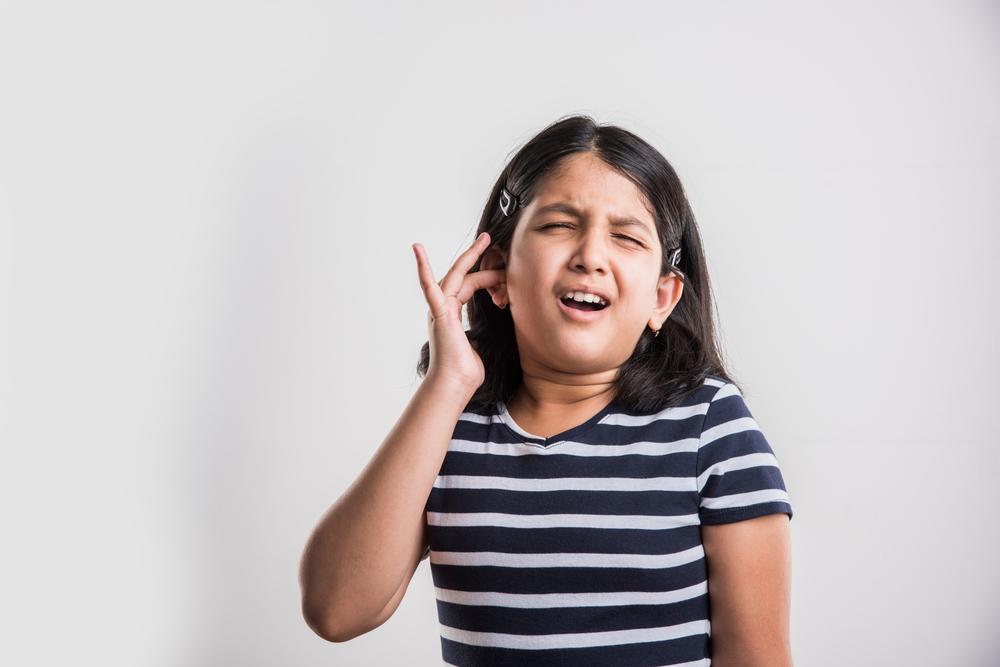One of the most common health problems kids face are ear infections. Ears are very sensitive and they hurt a lot even if there is a slight pressure on the ear drum. The most common ear infection is called otitis media and it is commonly found in children as little as 5 months to 4 years. Fortunately, this infection is not contagious so you don’t have to quarantine your kid from other kids and can send him/her to school regularly.
How do kids get ear infections?
It starts off with a common cold and then progresses its way to becoming a full blown infection in the ear. The ear, nose and throat have a common passageway called the Eustachian tube. During the cold season, the germs of the flu travel from the throat to the ear and sometimes cause an infection. That is why it is recommended to treat your child’s cold as soon as possible to prevent it from manifesting into other problems.
What to watch out for
- All kids up to 5 years should be closely monitored and cared for when they have a cold due to their Eustachian tubes being small.
- Children with allergies should be cared for especially.
- Feeding a baby while he/she lies flat is unsafe because the milk can enter the Eustachian tube and can increase the risk of an infection.
- Exposure to a smoking environment can increase risk of infection.
- Kids spending more time at daycare with other kids who might be having colds can result in a spread of the infection.
Symptoms and signs of an ear infection
If your child is old enough to speak, you will immediately know if something is amiss because of the earache complaint, but for smaller children, you would have to observe their behavior to find out.
- Fever
- Being agitated and moody
- Touching/pulling at the ears and crying at the same time
- Having problems in hearing things
- Fluid coming out of the ears
How to get it treated
Once you have suspected that your child might be having an ear infection, you should immediately go see a doctor for a diagnosis and treatment. The doctor will first look inside the ear drum and see if there is any change of color or fluid. Typically, if your child doesn’t have severe symptoms like a fever or fluid drainage, the doctor will give it 2 days to see if the infection goes away on its own. If the symptoms get worse, then antibiotics might be needed.
Ears are sensitive and so you must ensure your child doesn’t rub or touch the area out of irritation as it can get worse and take longer to cure.
To make an appointment with Dr. Parikh at irvingprimarycare.com visit www.healthONEmedicine.com.

